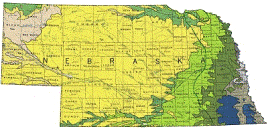US Geological Survey
Document Type
Article
Date of this Version
2012
Citation
Published in New Directions in Conservation Medicine: Applied Cases in Ecological Health, edited by A. Alonso Aguirre, Richard S. Ostfield, and Peter Daszak (New York: Oxford University Press, 2012).
Abstract
Wildlife toxicology is the study of potentially harmful effects of toxic agents in wild animals, focusing on amphibians, reptiles, birds, and mammals. Fish and aquatic invertebrates are not usually included as part of wildlife toxicology since they fall within the field of aquatic toxicology, but collectively both disciplines often provide inSight into one another and both are integral parts of ecotoxicology (Hoffman et al. 2003). It entails monitoring, hypothesis testing, forensics, and risk assessment; encompasses molecular through ecosystem responses and various research venues (laboratory, mesocosm, field); and has been shaped by chemical use and misuse, ecological mishaps, and biomedical research. While human toxicology can be traced to ancient Egypt, wildlife toxicology dates back to the late 19th century, when unintentional poisoning of birds from ingestion oflead shot and predator control agents, alkali poisoning, and die-offs from oil spills appeared in the popular and scientific literature (Rattner 2009).
Included in
Geology Commons, Oceanography and Atmospheric Sciences and Meteorology Commons, Other Earth Sciences Commons, Other Environmental Sciences Commons


Comments
U.S. Government Work